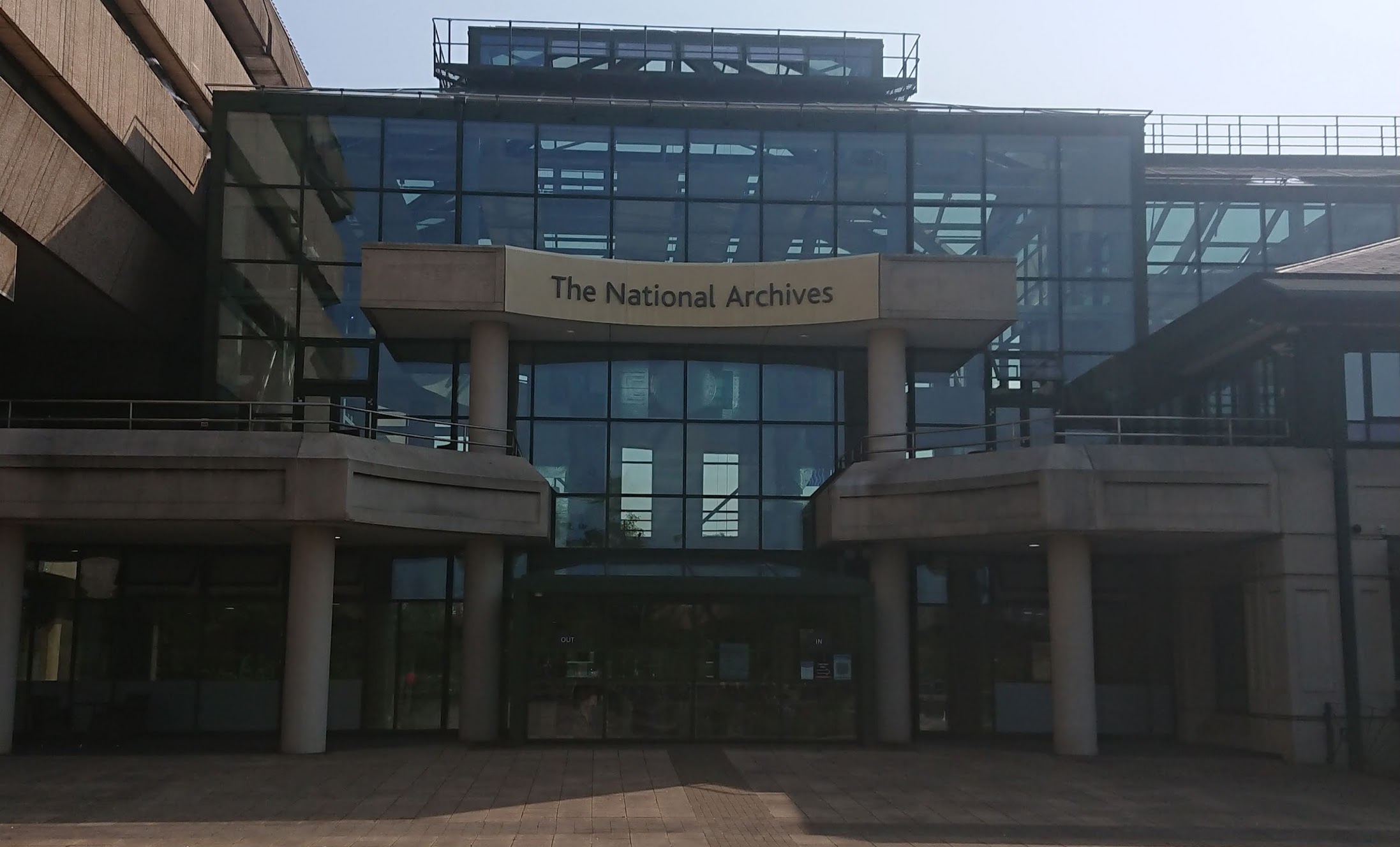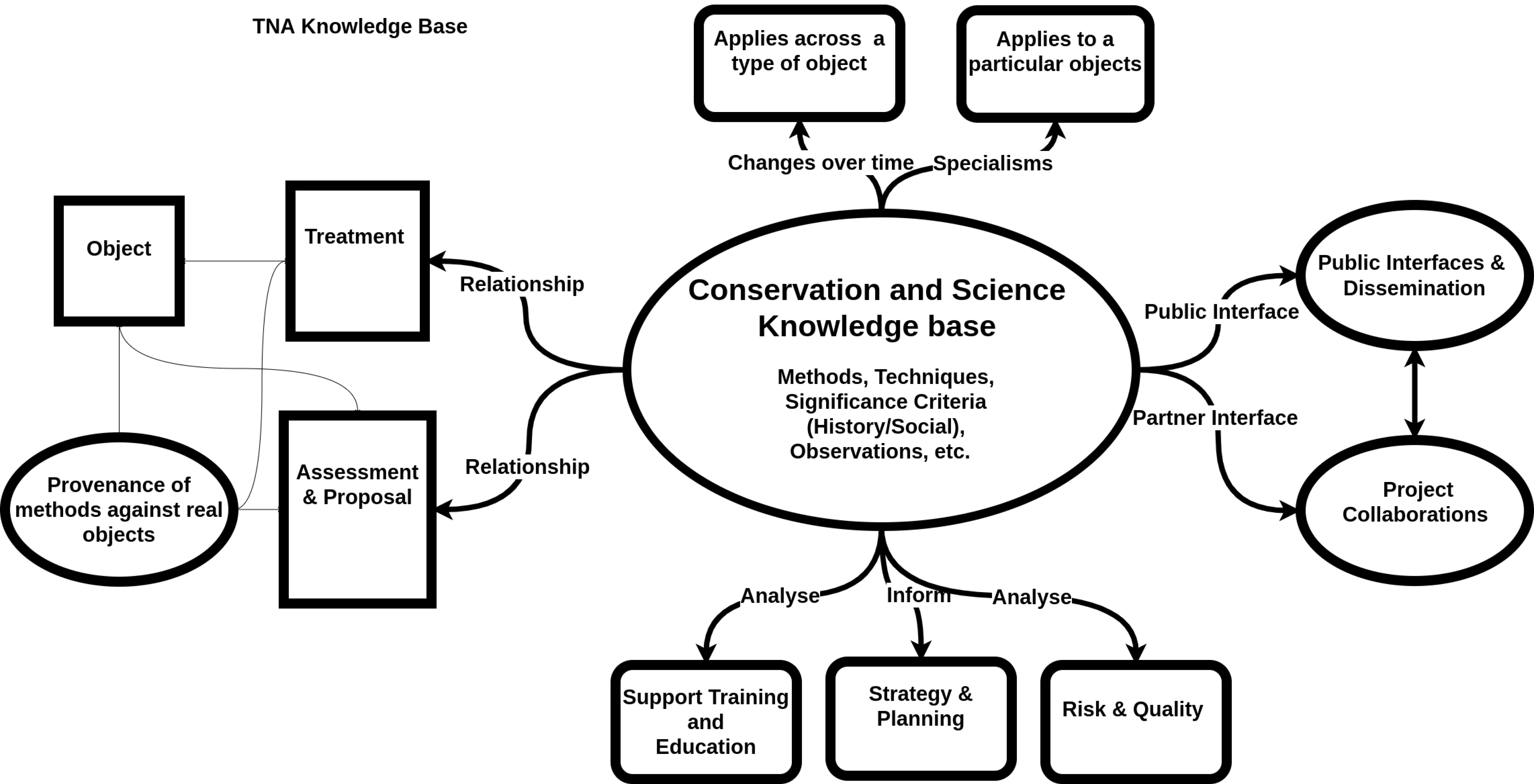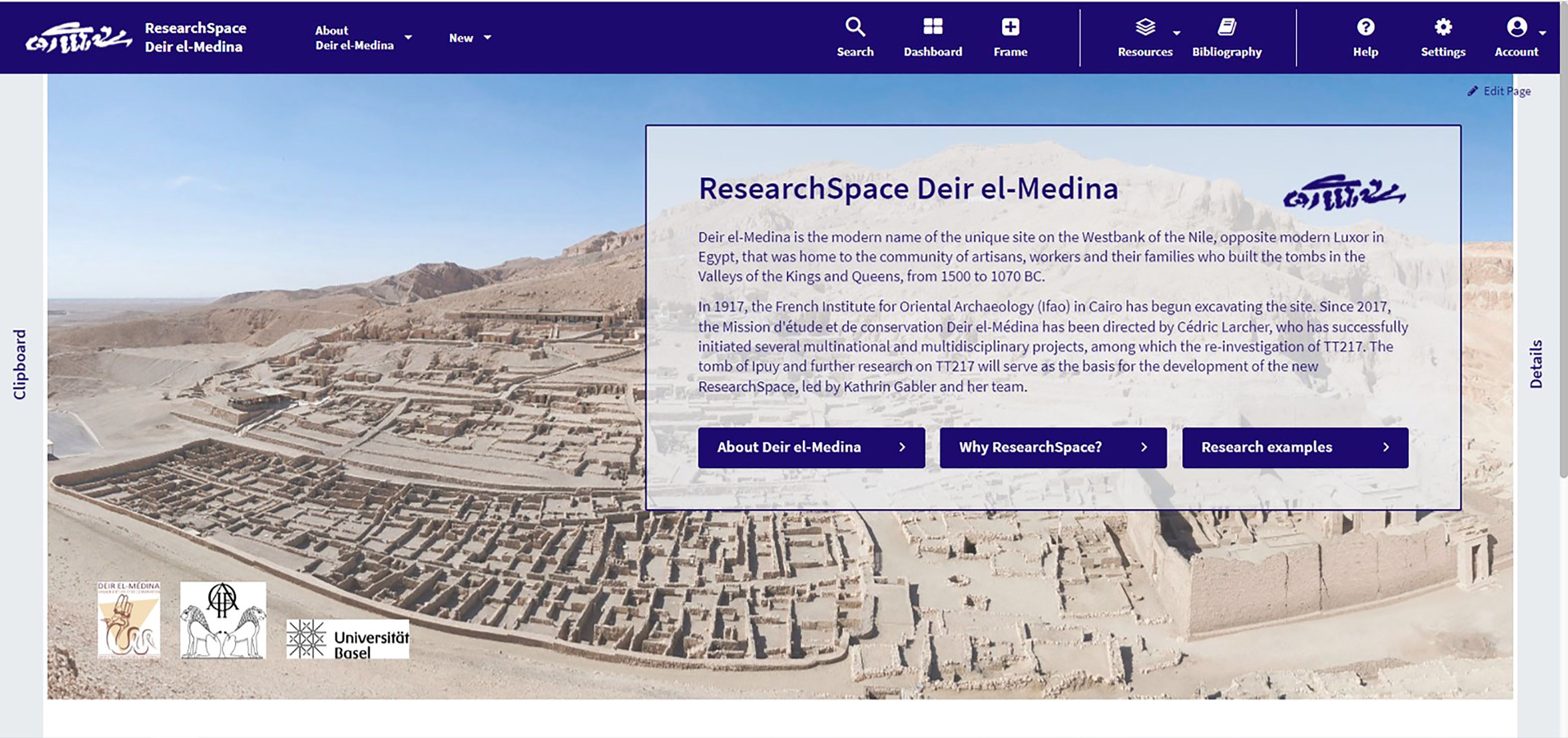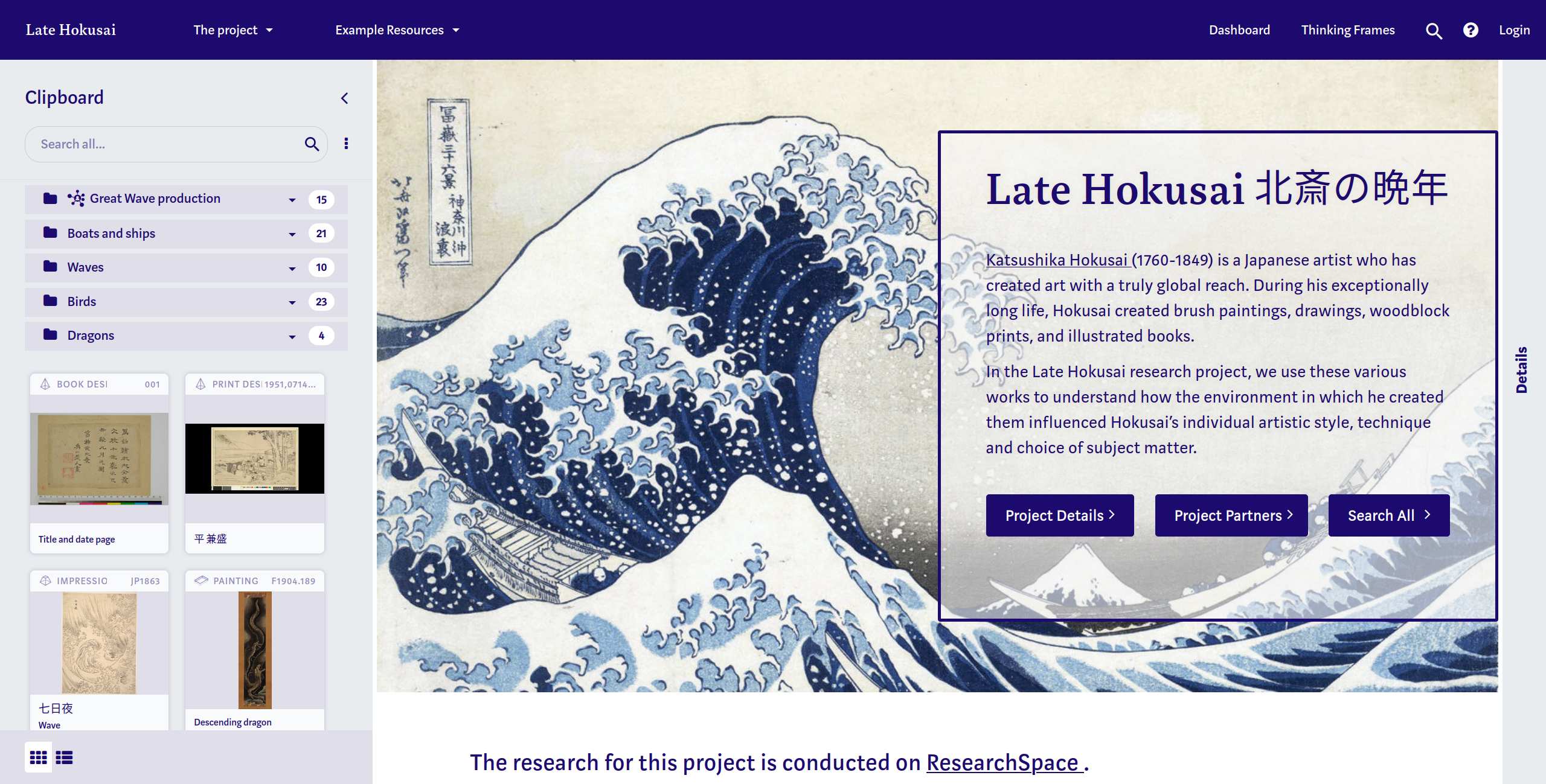contact: info@kartography.org
contact: info@kartography.org



Case Study 1 - Transforming Institutional Systems - The National Archives UK
The TNA replaced their conservation database for a ResearchSpace knowledge to synthesise information into the ResearchSpace knowledge base. By providing an expandable semantic environment the wider transdisciplinary knowledge that their department generates is interconnected and can be reused for research, education, collaboration and engagement.
The ResearchSpace system converts the TNA's Discovery archive system data into semantic Data. within a semantic knowledge graph the conservation and scientific staff can then enrich the data with inter-connected historical research, the results of scientific analysis, techniques and methods and any other additional context. analysis
Click on video, expand and choose HD quality.

The ResearchSpace system implements a long standing TNA strategy. This includes the establishment of a practioner-researcher environment, ending the division between practice and research. 'Doing' is research, and by acknowledging that expert knowledge is generated on a daily basis, this necessitates new information systems in which knowledge can be authored and arranged in digfferent ways. This means that specific research, for example, funded research, finds a home in the same knowledge base and is directly ultilised in daily practice. The sustainability model for research outputs is not a few years, but is a permanent part of the knowledge base and connected to activities like analysis and treatments.

Case Study 2 - Building Digital Networks - Amara West, Deir El Medina and Beyond
The Amara West ResearchSpace is a transformation from an old excavation database. It enables the site data to be developed and rather than being a central resource of material and spatial data, it can evolve intpo a research environment including research that would normally be hidden away in traditional publications. Deir El-Medina ResearchSpace takes a differenmt structural approach to Amara West reflect differences between the two sites. Nevertheless both sites provide information that address address common questions. In this case the systems have started a process of direct synthesis allowing relevant data to be cross connected.

Case Study 3 - Hokusai and dialectic representation
Associated with the project Late Hokusai - Thought, Religion and Technique, the project already had a sense of interconnection. These concepts were not seperate areas of study but were dialecticly related with Hokusai's work representing a visual synthesis. Hokusai was a buddhist and a follower of Mahayana Buddhism, which is different from the one associated with modern Western experiences which are associated with enlightenment and insight through meditation and focus, which derived from a Theravada tradition. The “Mahayana tradition added to the analytical method a synthetic interpretation based on the principle of the identity of the essence of things symbolized in the terms Void or Suchness. Hence, Mahayana Buddhism established the basis for greater recognition of the spiritual value of Nature. Mahayana Buddhist philosophy developed around the theme of interdependence, mutual relationship and the ultimate identity of all beings in the Buddha nature.” As such Hokusai's methods, his way of thinking, is much closer to progressive forms of modern knowledge production.